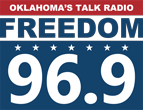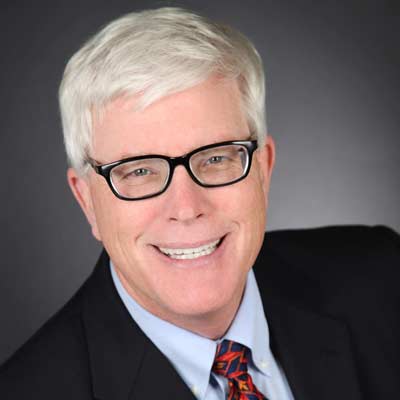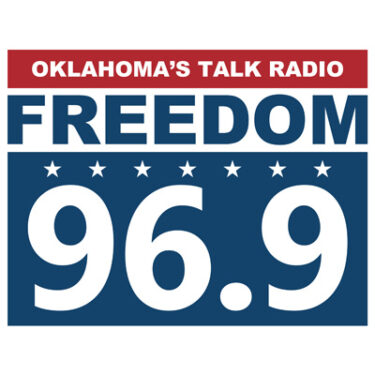Widespread Anti-Israel Protests Vex Universities
More than 2,100 protesters, not all of them students, have been arrested so far at anti-Israel campus demonstrations across the US
By Clint Van Winkle/The Media Line
US universities are caught in a bind as anti-Israel protests spread across campuses, with administrators struggling to balance the safety of Jewish students with students’ free speech rights. At least some protesters are not affiliating with the universities, further complicating the administrations’ response.
The protesters have received seemingly endless coverage, but their cause is not particularly popular in the US. According to a recent Harvard CAPS / Harris Poll, American voters across all age ranges overwhelmingly support Israel.
In the poll, 72% of respondents said that Israel should move forward with an operation to eradicate Hamas from Rafah. Two-thirds of the respondents supported inviting Israel to join NATO, and 78% of those polled said they believe Hamas should be removed from running Gaza. Additionally, 64% of college-aged respondents said that Israel is trying to avoid civilian casualties.
Student encampments are emblematic of the protests. At the University of California, San Diego, for example, between 200 and 250 protesters set up an unauthorized encampment on the quadlast week, with Palestinian flags flapping under gray skies.
Subrein Damanhoury, an organizer with the Palestinian Youth Movement and a media liaison for the encampment, told The Media Line that the protesters are calling on their school to divest from Israel.
“Students are really tired of their administration and their universities funding the genocide that is happening in Palestine,” Damanhoury said.
The protesters have called for an end to research funding from military or defense sources and an end to investments in Israeli companies or companies that do business with Israeli companies. They also oppose study abroad programs in Israel and university-funded research collaborations with Israeli institutions.
“There’s a lot of stuff we could be funding instead of funding a military regime and occupation apartheid,” Damanhoury said.
Protesters from the University of California, Los Angeles and Columbia University were present at the UC San Diego encampment, as were members of the Black Panthers. At one point, an estimated 500 people, many of whom university officials believed to be unaffiliated with UC San Diego, crowded around speakers for a vigil for children killed in Gaza. The attendees then gathered at the lawn for a screening of The Battle of Algiers.
Attendees were told prior to the screening to be mindful of those fasting. Many watched the film atop green Islamic prayer rugs that had been left out after the Maghrib prayer.
Chalk drawings on the walkway leading to the university’s Geisel Library included pictures of a hammer and sickle, watermelons, and the phrase “Genocide Joe.”
As the encampment continued to expand, the university took action. California Highway Patrol officers dismantled the UC San Diego encampment on May 6, just five days after it sprung up at the idyllic southern California campus.
The university shut down the encampment because it had become dangerous, administration said.
“Upon entering the campsite, wooden stakes, propane tanks, metal and plywood shields, aerosol spray cans, and a sword were discovered, all of which posed unacceptable hazards for health, fire safety, and security,” Chancellor Pradeep Khosla said in a university-wide email provided to The Media Line. “Additionally, participants denied access to fire marshal and health inspectors, established check points, and limited free access to areas of campus. These are all intolerable actions on the UC San Diego campus, which exists for the benefit of all university affiliates.”
On May 7, members of the UC San Diego faculty union protested in support of those who had been arrested protesting against Israel.
The UC San Diego encampment was one of several encampments to be torn down in recent weeks. Disruptions on college campuses have had the unintended consequence of earning bipartisan condemnation amongst the US populace and politicians alike.
“Destroying property is not a peaceful protest. It’s against the law,” President Joe Biden said in a televised address from the White House on May 2. “Vandalism, trespassing, breaking windows, shutting down campuses, forcing the cancellation of classes and graduations—none of this is a peaceful protest.”
Former President Donald Trump has weighed in on the protests several times over the last few weeks.
“I say, remove the encampments immediately, vanquish the radicals, and take back our campuses for all of the normal students who want a safe place from which to learn,” Trump said to a crowd of supporters in Wisconsin last Wednesday.
An occupation attempt at Arizona State University highlights one major issue college campuses across the United States are facing with these protests: the involvement of protesters from outside the university.
Two weeks ago, 72 people were arrested for attempting to replicate the Columbia encampment on a grass patch at Arizona State University’s main campus in Tempe, Arizona. Fewer than 80 people arrived for the protest at a school of more than 75,000 students. Still, the protesters vowed not to leave until their demands were met. Hours later, they were arrested and sent to Maricopa County jail.
According to Arizona State University, the majority of the protesters were not in fact students.
“Individuals who refused to leave after numerous warnings were arrested and charged with criminal trespass. Of the 72 arrested throughout the day Friday, 15 were ASU students; about 80% of those arrested were not students,” an Arizona State University spokesperson told The Media Line.
Another batch of roughly 80 protesters returned on May 1. The Media Line witnessed a protester wielding an Iranian flag.
Iran’s Supreme Leader Ayatollah Ali Khamenei has publicly applauded the anti-Israel protests.
University of Texas–Austin administrators and New York City Mayor Eric Adams also reported protesters from outside the campus community.
Of those arrested at the UT-Austin encampment, fewer than 50% were students, faculty, or staff affiliated with the university, UT officials said in a statement. They also also said they believed the protests were being “orchestrated and led by those outside our university community.”
New York City Mayor Eric Adams said that protests at Columbia University have clearly been “co-opted by professional outside agitators.”
Columbia, which has a student population of roughly 37,000, had about 800 protesters occupying the campus.
Even as antisemitic rhetoric was used at the protests, students at Columbia’s School of General Studies elected a Jewish Israeli student as the college’s student president. The president-elect, Maya Platek, is the former the head content writer for the Israeli military spokesperson’s unit in Tel Aviv. She has been vocal about her support for Israel.
So far, 282 arrests have been made at the encampments at Columbia and City College of New York. The New York Police Department said in a press release that 60% of those arrested at City College and 29% of those arrested at Columbia were unaffiliated with the schools.
According to The Associated Press, more than 2,100 people have been arrested at pro-Palestinian rallies on campuses across the US. The two largest encampments, located at Columbia and UCLA, were raided and dismantled by law enforcement agencies.
Damanhoury described the UC San Diego encampment as “student run, student based.”
“The community just helped them as well,” she said, describing donations of supplies, food, and water from non-students.
According to UC San Diego administration, 40 of the 64 protesters arrested on campus were students. The university has an enrollment of just under 36,000.
Brought to you by www.srnnews.com







